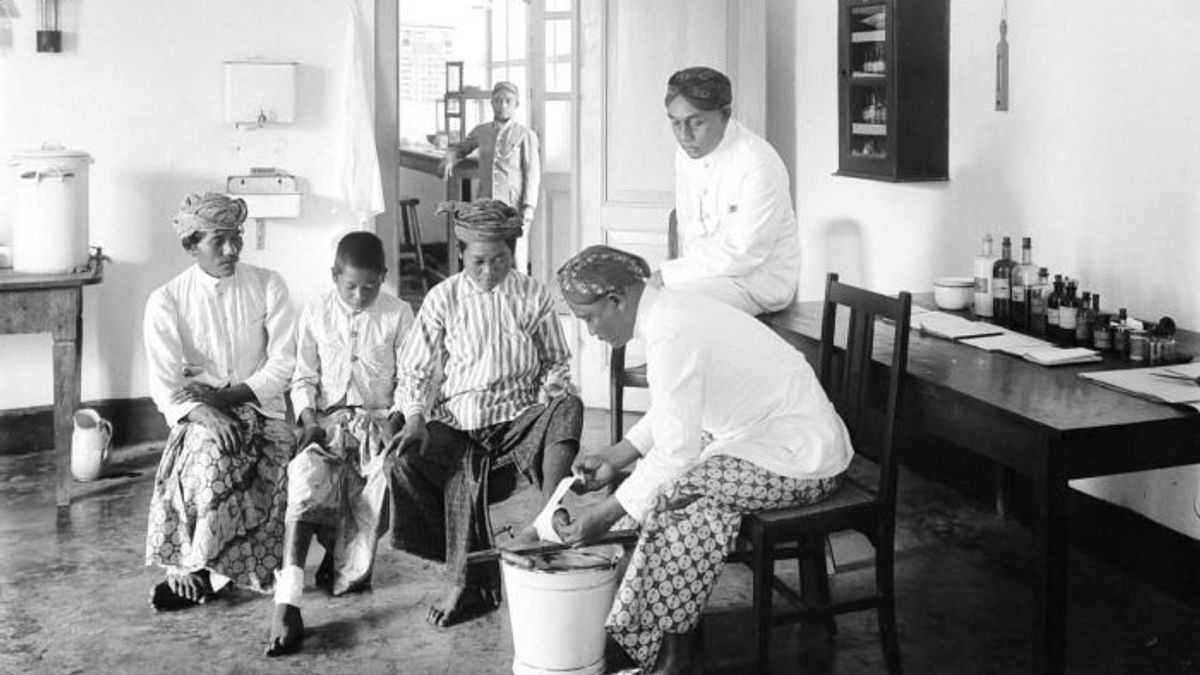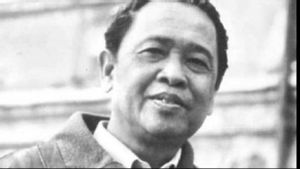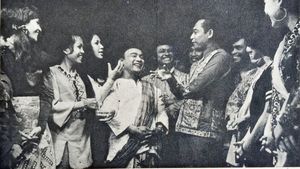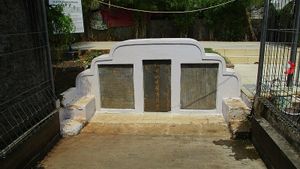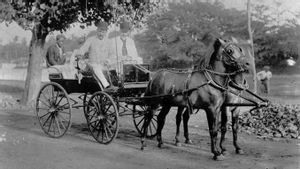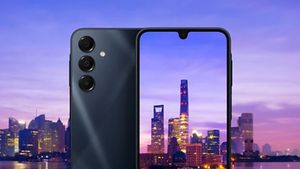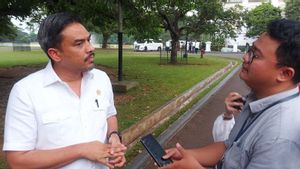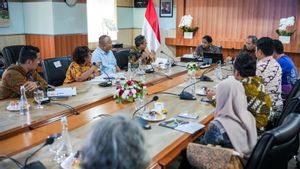JAKARTA - Dutch colonialism was a painful period in the history of Nusantara. Those in power are reluctant to treat the bumiputras humanely. Even the Dutch East Indies colonial government perpetuated discrimination everywhere.
STOVIA, which is known as the 'home' of the national movement, is not free from racial discrimination. Students are prohibited from European style. They were forced to wear their own regional clothes. Except for the Christians. The resistance exploded because of it.
The Dutch colonialists never considered the presence of the natives to be important. In fact, this treatment has been started since the days of the Dutch trading airline VOC. No privilege is given to the natives, as the Chinese are treated.
The presence of the Dutch East Indies colonial government did not change the situation much. Only a handful of natives are privileged. The rest, especially the commoners, are only considered as mere 'machines' that generate profits. They are squeezed like dairy cows. While they get nothing.

Discrimination against the natives continues forever. There are various forms. The natives could not access certain places in the Dutch East Indies. Moreover, European social clubs such as Societeit.
Instead of being allowed to enter, in front of the building there is usually a warning that forbids the natives from approaching. Likewise in government. Access to the natives is often reduced. The natives cannot enjoy life. Access to clean water to education is like a rare item.
“The need to maintain colonial domination forced the colonial rulers but to use force, as well as devise ways to justify the situation with ideologies such as the idea of association, ethical politics, synthetic politics, or the Greater Netherlands state. The colonial situation was to be maintained by racial discrimination and non-acculturative politics. The line of color exists in every colonial society, separating the whites from the colored masses.”
“All economic, social, and political structures are based on that principle. All relationships are relations between superiors and subordinates, or between superiority and inferiority. In its social stratification, the colonizers are at the top and the colonized are at the bottom, and the dividing line is made in such a way that it resembles a caste system. This is based on the concept of the superiority of the white race,” said Marwati Djoened Poesponegoro in the book Sejarah Nasional Indonesia Jilid V (2019).
Discrimination in STOVIA
Discrimination in the field of education is no less sad. The Bumiputras who have access to education are only from a limited circle – the priyayi to the rich. While the commoners find it difficult to access education.
At the School tot Opleiding van Inlandsche Artsen (STOVIA), moreover. The indigenous medical school only allowed lower priyayi children to enter. However, student status alone is not a guarantee regardless of racism treatment. They became easy targets for Dutch racism.
Bumiputras are prohibited from using after Europe when attending lectures, for example. Those who are allowed to wear European suits are limited to the Bumiputra who are Christians, or have just converted to Christianity. Meanwhile, the other natives are forced to wear uniforms adapted to their respective regions.
The regulation is considered to be condescending to the natives. Alias, clothes like symbols of oppression. Therefore, a sense of nationalism among the Bumiputra students rose. National awakening is one of the products born from STOVIA students.

This national awareness made all STOVIA students proud of their local clothes. Tjipto Mangoenkoesoemo, one of them. The STOVIA student is proud to wear regional clothes. For him, regional clothing is like identity and pride. Tjipto then used the clothes as a tool to fight. A few years later, STOVIA was forced to abolish a rule that prohibited native students from wearing European clothes.
"I am the child of the people, the son of Si Kromo, that's what young Tjipto said when STOVIA students were required to wear their national or regional clothes. The Javanese clothes he wore were not the soft clothes usually worn by nobles or aristocrats, but the Javanese folk style clothes, namely the Klaten woven clothes that he really likes, and the simple headbands and batik cloths he wears.”
"The color of the woven clothes that are very popular is blackish or the color of sticky rice, as the Javanese call it or black with a striped motif. Young Tjipto was very happy and proud to dress like that because it was deliberately adjusted to his statements, "I am the child of the people, the son of Si Kromo. As a fighter who defends his nation, the youth of Tjipto truly feels the same fate and is one with his nation, the people who oppressed,” explained Soegeng Reksodihardjo in the book DR. Cipto Mangunkusumo (1992).
VOIR éGALEMENT:
The English, Chinese, Japanese, Arabic, and French versions are automatically generated by the AI. So there may still be inaccuracies in translating, please always see Indonesian as our main language. (system supported by DigitalSiber.id)
